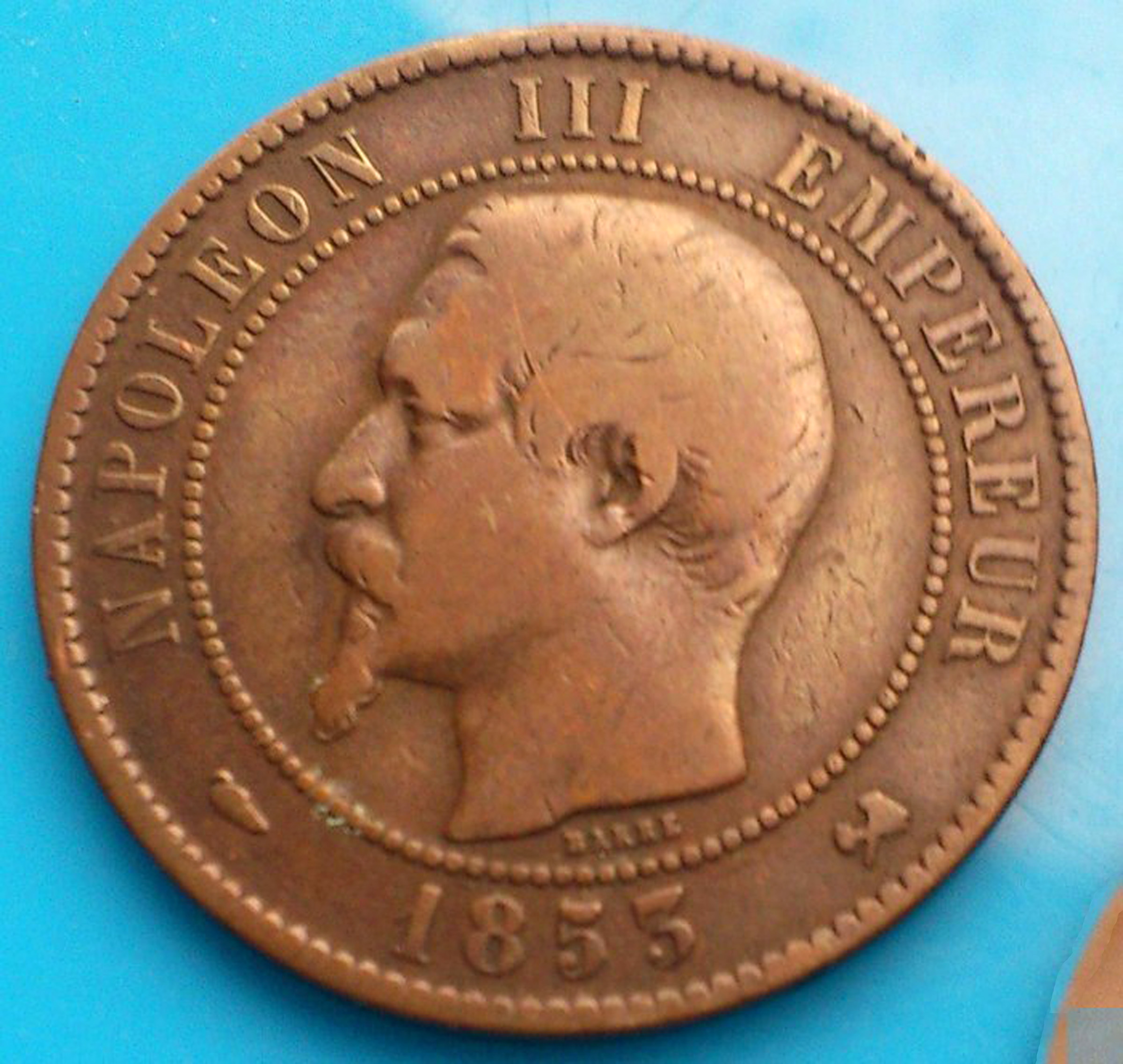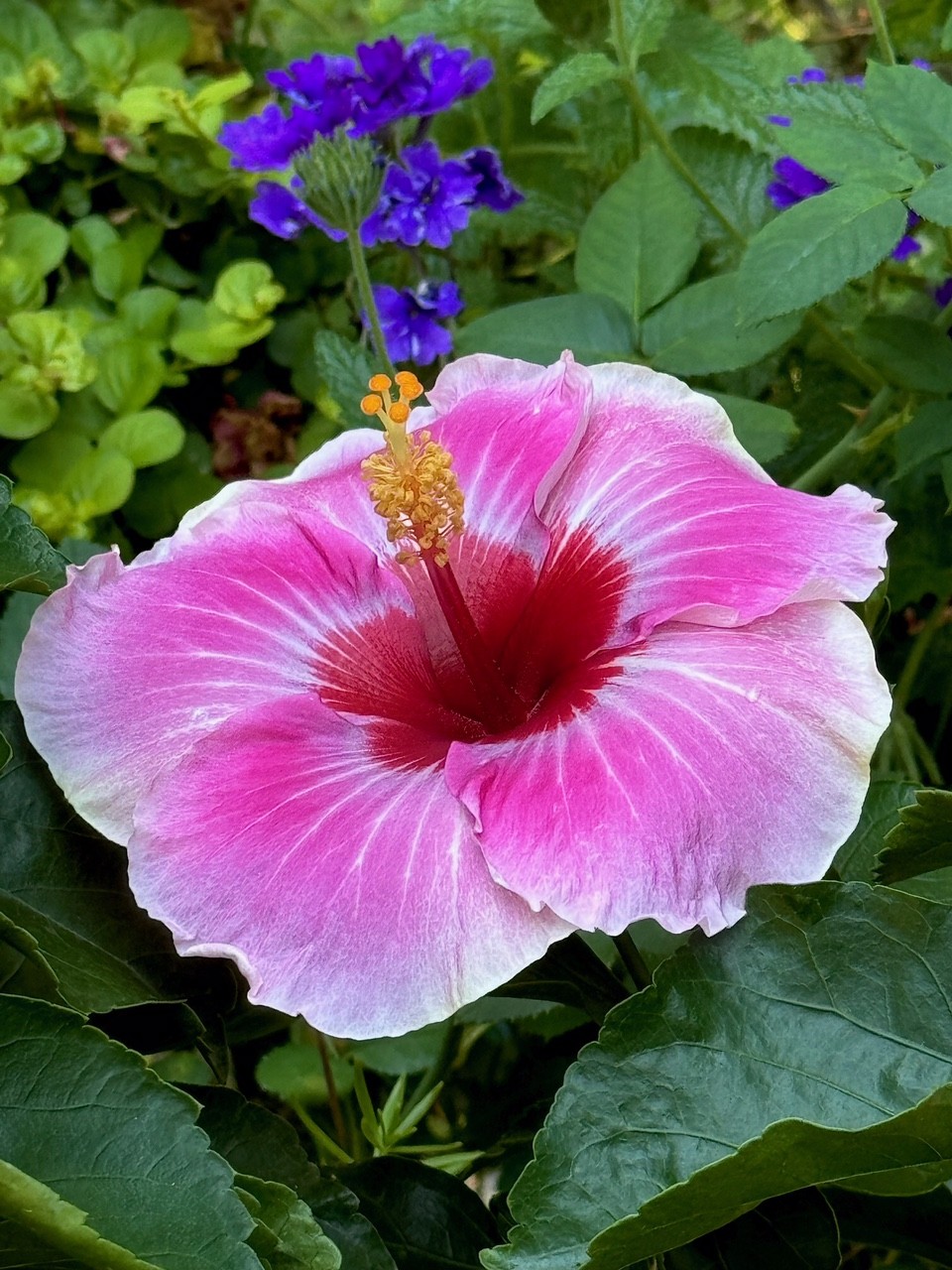Outdoor
The River was their Highway

By contributing writer Jerry Williams
It was 13 February 1682 where the Illinois River entered into the icy waters of the Mississippi River. Twenty Frenchmen, a few Europeans and some Native American Indians began their journey down the Mississippi in frail birch-barked canoes dodging large chunks of floating ice. They used an accepted practice of claiming any land connected to the river they were on and the land surrounding all its tributaries. They took possession of this land for France and their king Louis the Great. Two months into their journey they stopped near the mouth of the Mississippi. On April 9, 1682, they buried a lead plate with an inscription on it and erected a column bearing the arms of France. (Louisiana Endowment of The Humanities-Louisiana State University at Baton Rouge –published May 18, 2011)
In 1749 France sent Frenchmen to bury leaden plates along the Ohio River which bore inscriptions about their land claims (The Book of Knowledge Encyclopedia 1935 (p. 780)) They were repeating the same methods of land claims as their earlier French counterparts in the 1682 expedition. Some of these plates have been recovered by archaeologist.
In Texas Williams has explored sections of the Red River, The Wichita River, and miles of the Little Wichita River, the Brazos, and the North Fork. Regrettably, it could have been nothing like what would have been there when the French explorers were here. The wild flavor was gone out of these rivers when he traveled them. In the day when the Indian roamed to hunt the buffalo, he left the women and children at home drawing water from these rivers for cooking and cleaning. Williams believes some of the wildness was eliminated due to the Native American men who somewhat tamed these rivers for the safety of their families. To read more pick up the July 2014 issue of North Texas Farm & Ranch.
HOME
Parting Shot

By: Jelly Cocanougher
Delicate microbes buried just beneath the surface. We walk by them, unbeknownst to us. Spores, spawn, and sclerotia, each with distinct characteristics. It is said that these fungi are all connected, speaking to one another as they populate the earth. The interconnectedness of all living things and the decaying world, such beauty lies within these otherworldly alien organisms.

HOME
Varietal Honey

By: Landon Moore
Landon Moore is the Wise County 4-H President and a member of the Wise County 4-H County Council. He is involved in beekeeping, as well as raising rabbits and poultry.
This essay was one that he wrote, and it was named the champion for both the Texas and National chapters of the Foundation For The Preservation of Honey Bees.
Varietal honey is honey that comes from a single source.
This honey has a flavor derived from the source flower and can even have a similar scent. In general, lighter colored honeys have a more subtle taste and dark honeys are more intense. Varietal honey has been compared to wine, in that honeys produced in different years can be distinguished, even if they come from the same flower and location.
This phenomenon is called terroir and is responsible for the individual taste of each honey harvest.
To read more, pick up a copy of the October edition of North Texas Farm & Ranch magazine, available digitally and in print. To subscribe by mail, call 940-872-5922.

HOME
The Garden Guy: America’s Sweetheart

By: Norman Winter | Horticulturist, Author, Speaker
Early in the summer, I was sent a press release that caused one of those holy wow moments. The headline said it all, “Proven Winners ColorChoice Expands Catalog with the Addition of Hollywood Hibiscus.”
I had already become familiar with the Hollywood Hibiscus series and was thrilled that the Proven Winners was adding this to their lineup.
This flower is nothing short of beautiful and exhibits prolific flower production. The flowers show three distinct colors, deep red in the very center, then the majority which is a rich rose pink with lighter pink to white along the margins.
To read more, pick up a copy of the October edition of North Texas Farm & Ranch magazine, available digitally and in print. To subscribe by mail, call 940-872-5922.

-

 Country Lifestyles2 years ago
Country Lifestyles2 years agoScott & Stacey Schumacher: A Growth Mindset
-

 Country Lifestyles8 years ago
Country Lifestyles8 years agoStyle Your Profile – What your style cowboy hat says about you and new trends in 2017
-

 HOME8 years ago
HOME8 years agoGrazing North Texas – Wilman Lovegrass
-

 Outdoor10 years ago
Outdoor10 years agoButtercup or Primrose?
-

 Country Lifestyles5 years ago
Country Lifestyles5 years agoAmber Crawford, Breakaway Roper
-

 Equine1 year ago
Equine1 year agoThe Will to Win
-

 Country Lifestyles9 years ago
Country Lifestyles9 years agoJune 2016 Profile – The man behind the mic: Bob Tallman
-

 Country Lifestyles8 years ago
Country Lifestyles8 years agoDecember 2016 Profile, Rusty Riddle – The Riddle Way




